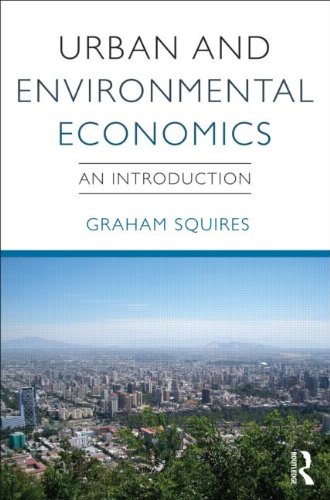

Most ebook files are in PDF format, so you can easily read them using various software such as Foxit Reader or directly on the Google Chrome browser.
Some ebook files are released by publishers in other formats such as .awz, .mobi, .epub, .fb2, etc. You may need to install specific software to read these formats on mobile/PC, such as Calibre.
Please read the tutorial at this link: https://ebookbell.com/faq
We offer FREE conversion to the popular formats you request; however, this may take some time. Therefore, right after payment, please email us, and we will try to provide the service as quickly as possible.
For some exceptional file formats or broken links (if any), please refrain from opening any disputes. Instead, email us first, and we will try to assist within a maximum of 6 hours.
EbookBell Team

4.3
8 reviewsThe importance of the built environment to environmental protection is well established, with strict environmental regulations now a feature of the working lives of planners, contractors, building designers, and quantity surveyors alike. Those new to, or preparing to join this industry must have an understanding of how their environmental responsibilities relate to their professional responsibilities in economic terms.
Designed as an introductory textbook, Urban and Environmental Economics: An Introduction provides the background information from these disciplines to understand crucial tools and economic techniques. A broad range of theories of the natural and built environments and economics are explained, helping the reader develop a real understanding of the topics that influence this subject, such as:
Illustrated throughout, and with lists of further reading in every chapter, this book is ideal for students at all levels who need to get to grips with the economics of the environment within a built environment context. Particularly useful to those studying planning, land economy, environmental management, or housing development.